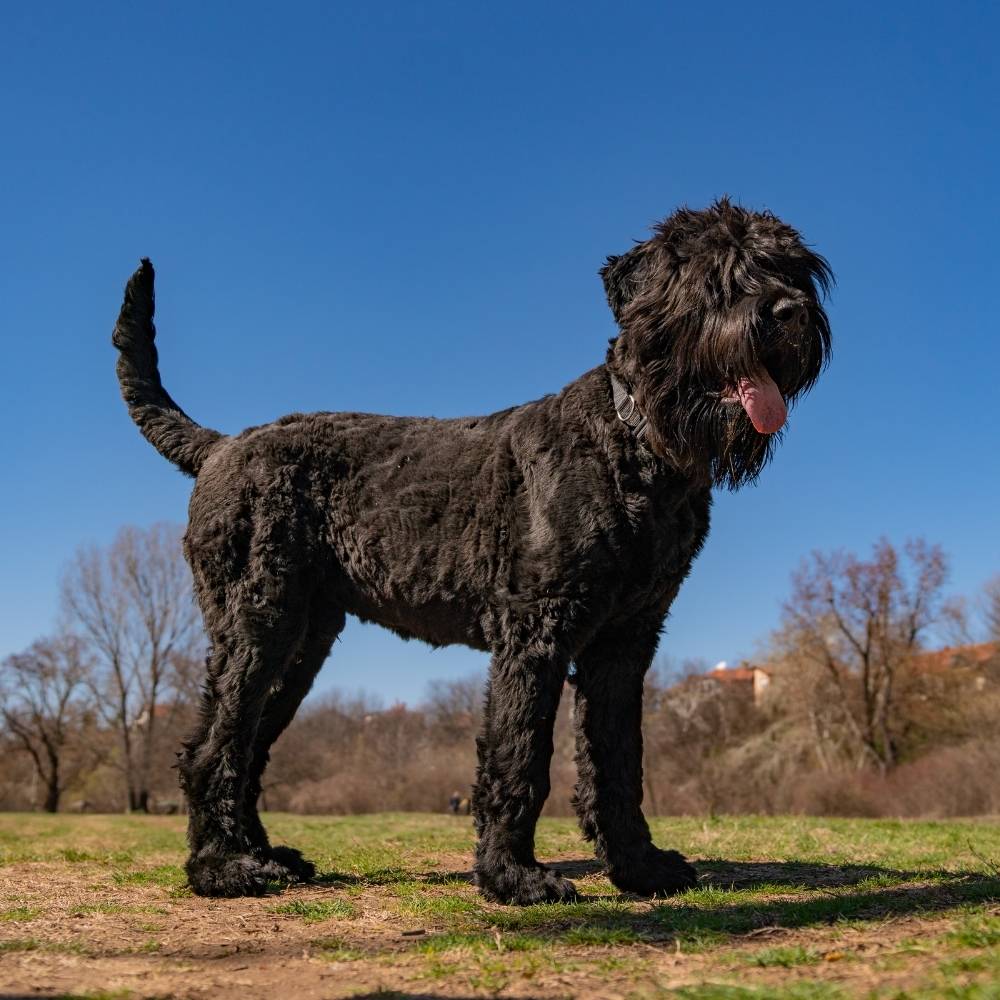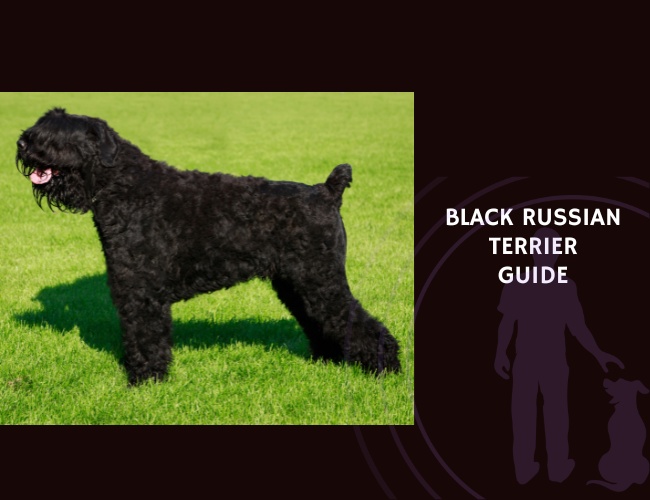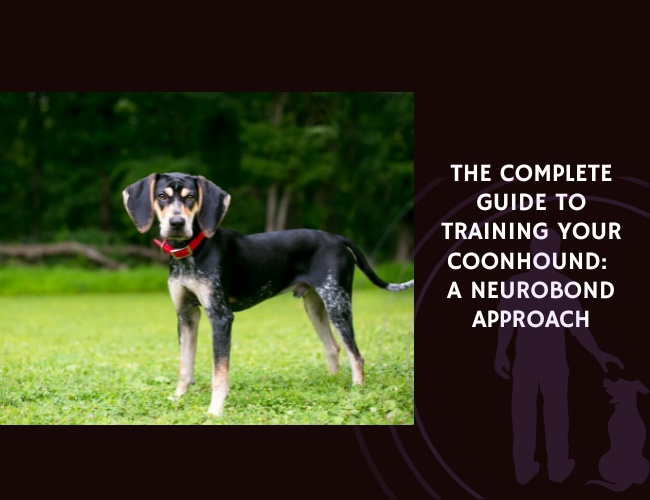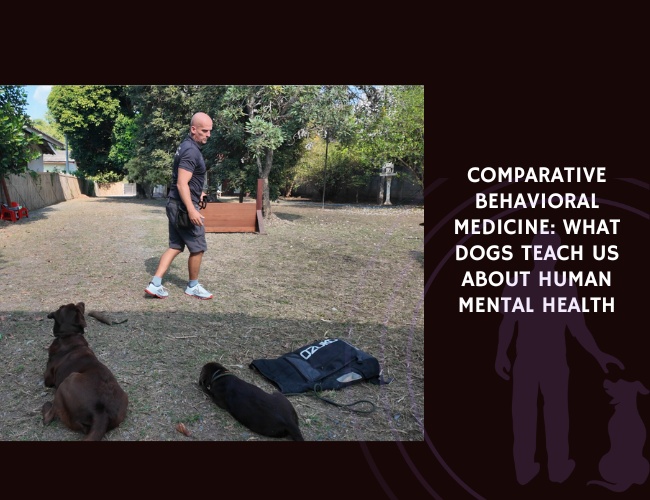Quick Facts about the Black Russian Terrier
- Origin: Russia
- Weight: Males: 50–68 kg, Females: 36–50 kg
- Life expectancy: 10–12 years
- Coat Colour: Black (solid)
- Breed Group: Working
The Black Russian Terrier is a commanding, highly intelligent working dog bred for endurance and protection. Behind its dense black coat lies a thoughtful, loyal guardian with deep devotion to its people and a clear sense of purpose.
Black Russian Terrier History
Developed in the Soviet Union after World War II, the Black Russian Terrier is a man-made breed designed for military use. It was created by crossing more than 17 breeds—including the Giant Schnauzer, Airedale, Rottweiler, and Newfoundland—under the direction of the Red Star Kennel.
The goal was a versatile guard dog that could withstand Russia’s harsh climate, work independently, and be trainable for various tasks. Officially recognised in Russia in the 1980s and later by international kennel clubs, the BRT is still known as the “Black Pearl of Russia.”

Black Russian Terrier Temperament
Calm, confident, and extremely devoted to its family, the BRT is a natural protector. It is highly trainable but matures slowly, both physically and mentally. While not overly reactive, it is always aware of its surroundings and will not hesitate to defend those it loves.
Early socialisation is critical to prevent over-guarding or shyness. These dogs need purposeful training, mental engagement, and time with their people to thrive.
Note: The Black Russian Terrier is not for passive or first-time owners. Its power, intelligence, and working nature demand leadership, not dominance.
Health and wellness
This breed has a thick, weatherproof double coat that requires regular brushing and trimming. Without coat maintenance, mats and skin issues can occur. Their large frame and heavy build make joint health and weight management essential.
They are generally robust but prone to the typical issues of giant breeds.
Significant problems:
Hip and elbow dysplasia
Progressive retinal atrophy (PRA)
Heart conditions (e.g. subaortic stenosis)
Bloat (gastric torsion)
Allergies and hot spots
Life expectancy: 10–12 years

The Complete Guide to Black Russian Terrier
🔍 Looking to go deeper into dog training?
Use these categories to explore targeted guides and articles on canine behavior, nutrition, obedience, entertainment, and more.









